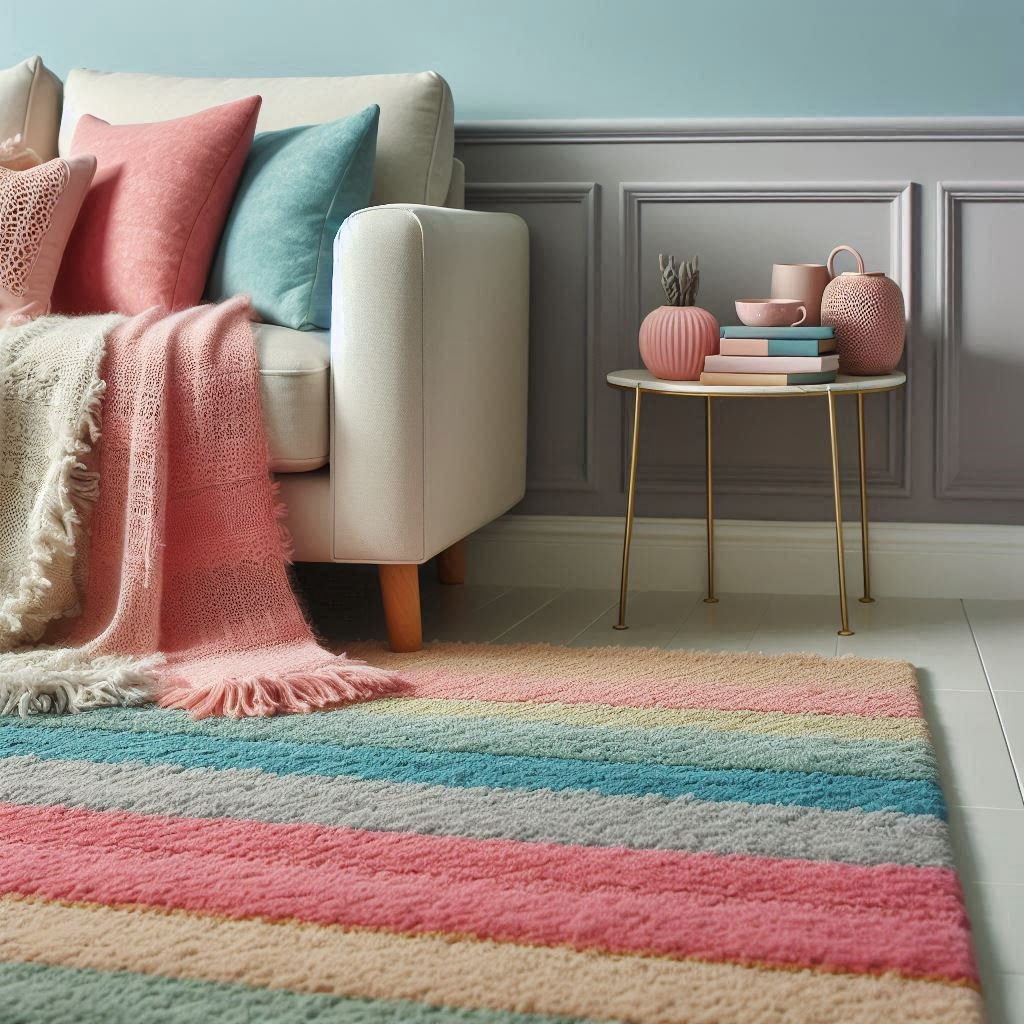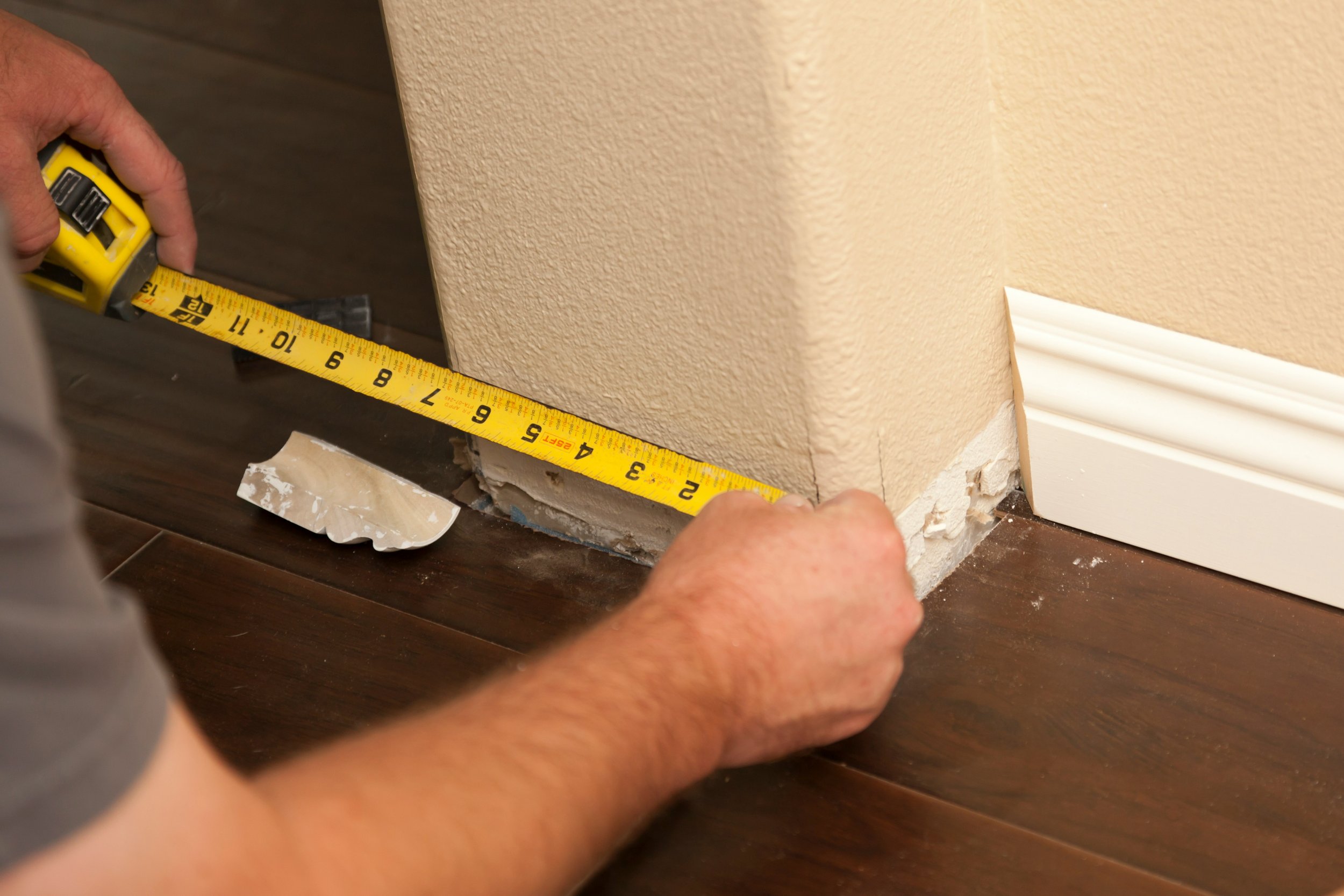Labor Cost to Install Baseboards Per Linear Foot Guide
Discover the labor cost to install baseboards per linear foot in this comprehensive guide. Learn factors affecting costs, tips for budgeting, and FAQs to help you plan your project effectively.
Ah, baseboards! Those unassuming strips of wood (or composite material) that sit at the bottom of your walls. They may seem like a minor detail, but don’t let their size fool you—baseboards can make a huge difference in the overall look of your home. They add a finishing touch to your interior design, protect your walls from damage, and help define the space in a room.
Now, if you're considering sprucing up your space with some new baseboards, you might be wondering about the labor cost to install baseboards per linear foot. The truth is, several factors can influence these costs, and getting a clear understanding can help you budget your project effectively.
In this Labor Cost to Install Baseboards Per Linear Foot Guide, we’ll dive into everything you need to know—from average labor costs to the factors that influence them, and even tips on hiring a contractor. So, let’s get to it!
Understanding Baseboards
What Are Baseboards?
Baseboards are the decorative boards that run along the bottom of interior walls. They serve a dual purpose: they’re not only aesthetic but also functional. Baseboards help protect the walls from scuffs, dings, and other potential damage, while also covering the joint between the wall and the floor.
Types of Baseboards
When it comes to baseboards, you’ve got options! Here are a few common types:
MDF Baseboards: MDF baseboards are crafted from medium-density fiberboard, offering a cost-effective solution that's easy to paint. They provide a smooth finish, making them an excellent choice for achieving a polished look in your home.
Wood Baseboards: Wood baseboards offer a classic and durable option for your home. Available in various styles, they can be stained to enhance their natural beauty or painted to match your interior decor, providing versatility and charm.
Vinyl Baseboards: Vinyl baseboards are a practical choice for commercial spaces, offering moisture resistance and easy maintenance. They are available in various styles and colors, making them a versatile option for both functional and aesthetic applications.
Polyurethane Baseboards: Polyurethane baseboards are lightweight and highly resistant to moisture and termites, making them an ideal choice for high-humidity areas. Their durability and variety of styles ensure they can complement any decor while providing long-lasting performance.
Factors Affecting Labor Costs
When you’re looking at the labor cost to install baseboards per linear foot, several factors come into play. Let’s break them down:
1. Location
Regional Variations: Labor costs can vary significantly based on where you live. Urban areas tend to have higher labor rates due to increased demand and living costs, while rural areas may be more affordable.
2. Complexity of Installation
Room Layout: Room layout plays a crucial role in baseboard installation. Spaces with numerous corners, curves, or transitions demand more time and skill, potentially leading to increased labor costs due to the complexity of the job.
Type of Baseboard: The type of baseboard significantly influences installation costs. Styles with intricate molding or detailed designs typically demand specialized skills and more labor, which can drive up overall installation expenses compared to simpler baseboard options.
3. Size of the Project
Linear Feet: Naturally, the more linear feet of baseboard you need, the higher the total labor cost. However, many contractors offer discounts for larger projects, so it’s worth discussing pricing.
4. Contractor Experience
Skill Level: Skill level plays a crucial role in installation costs. Experienced contractors may charge higher rates, but their expertise often results in better quality work and faster completion, ensuring a polished finish for your baseboards.
5. Additional Features
Painting and Finishing: If you’re having the baseboards painted or finished, this can add to the labor costs. Be sure to ask about any extra charges associated with these services.
Average Labor Costs
So, how much should you expect to pay for labor to install baseboards? Here’s a rough breakdown:
1. National Averages
Standard Rates: On average, labor costs for baseboard installation range from $3 to $8 per linear foot. This is a general estimate and can vary based on the factors we just discussed.
2. Example Costs
Small Project (100 linear feet): At $5 per linear foot, you might be looking at around $500 for labor.
Larger Project (300 linear feet): At the same rate, this could rise to $1,500 for labor alone.
3. Additional Costs
Material Costs: Don’t forget to factor in the cost of the baseboards themselves! Depending on the type of material, this could range from $1 to $5 per linear foot.
Tips for Budgeting Your Baseboard Installation
1. Get Multiple Quotes
Shop Around: Don’t settle for the first contractor you find. Get quotes from at least three different professionals to ensure you’re getting a fair price.
2. Discuss Details
Be Clear: When asking for quotes, be specific about what you want. Discuss the type of baseboards, any additional features (like painting), and the complexity of the project.
3. Consider DIY
Do It Yourself: If you’re handy, consider taking on the installation yourself! There are plenty of tutorials available to guide you through the process. Just be sure you’re comfortable with the tools and techniques before diving in.
4. Factor in Contingencies
Plan for Surprises: It's always wise to set aside an extra 10-15% of your budget for unexpected costs that may arise during the project.
How to Install Baseboards: A Quick Overview
If you decide to tackle this project yourself, here’s a brief overview of the steps involved in installing baseboards:
1. Gather Your Tools
Make sure you have the following tools ready:
Miter saw or hand saw
Nail gun or hammer
Measuring tape
Level
Caulk and caulk gun
Paint or stain (if desired)
2. Measure and Cut
Measure the Walls: Start by measuring the length of each wall where the baseboards will be installed. This ensures you have accurate measurements for purchasing the right amount of baseboard material, reducing waste and ensuring a proper fit.
Cut the Baseboards: Utilize a miter saw to cut the baseboards to the appropriate lengths, ensuring to make 45-degree cuts at the corners. This technique provides a clean, professional finish that enhances the overall appearance of the installation.
3. Attach the Baseboards
Position and Secure: Position the baseboard against the wall, ensuring it's straight with a level. Secure it in place by nailing it using a nail gun or hammer, making sure it's firmly attached for a polished look.
4. Fill Gaps
Caulk and Paint: Use caulk to fill any gaps between the baseboards and the wall or floor, ensuring a seamless finish. Once the caulk is dry, apply paint or stain to achieve a polished and professional appearance.
Conclusion
In this Labor Cost to Install Baseboards Per Linear Foot Guide, we’ve explored the ins and outs of installing baseboards, from understanding costs to navigating the installation process. Whether you choose to hire a contractor or take the DIY route, knowing what to expect can make the entire experience smoother and more enjoyable.
By embracing the beauty and functionality of baseboards, you can elevate the aesthetics of your space while also protecting your walls. So, roll up your sleeves, gather your supplies, and get ready to transform your home, one baseboard at a time! Happy decorating!
Frequently Asked Questions
1. How long does it take to install baseboards?
The time required depends on the size of the project and your experience. A typical room can take anywhere from a few hours to a day for installation.
2. Can I install baseboards over carpet?
Yes, you can install baseboards over carpet. Just be sure to adjust the height so that they sit flush against the wall and the carpet.
3. What type of nails should I use?
Use finishing nails or brad nails that are 1.5 to 2 inches long, depending on the thickness of your baseboards.
4. Do I need to remove the old baseboards?
It’s not necessary, but if the old baseboards are damaged or if you’re looking for a fresh look, removing them can give you a clean slate.
5. What should I do if my walls aren’t straight?
If your walls aren’t straight, use a coping saw to cope the ends of the baseboards for a better fit. This technique helps the baseboard follow the wall’s contours.




